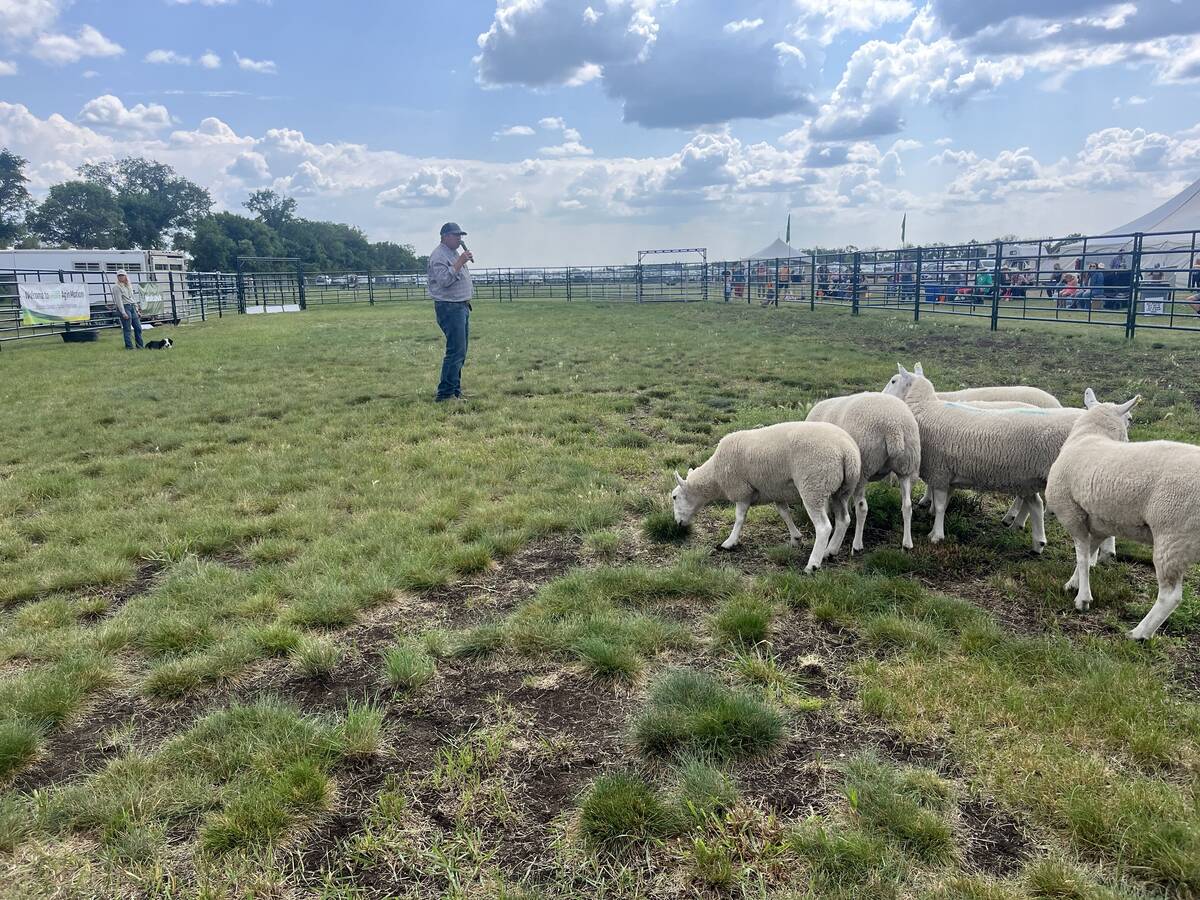The global population is soaring and world food production will need to increase by 70 percent by 2050 just to keep up.
That may sound like a daunting goal, but the head of policy for the United Nations’ World Food Program said farmers in Canada and in the developing world are up for the challenge.
“It’s definitely not a hopeless cause,”
David Stevenson said in an interview after the announcement of new Canadian funding for overseas agricultural development.
Read Also

Stock dogs show off herding skills at Ag in Motion
Stock dogs draw a crowd at Ag in Motion. Border collies and other herding breeds are well known for the work they do on the farm.
“Yields can be picked up globally and there are lands that can be picked up that are now fallow.”
Stevenson said Canada’s decision to pay for research that will help farmers in developing nations boost their productivity will allow the latent potential of much farmland to be realized in time to meet the demands of billions more people.
As well, farmers in developed countries need to produce ever-larger crops to keep hunger at bay.
“We need to increase agriculture production globally,” Stevenson said.
“We need this part of the world to continue with the agricultural production that we’ve been counting on to feed the world.”
He said major improvements could be achieved in underdeveloped countries because so much potential is now wasted.
Most parts of Africa produce about 400 kilograms of corn per acre, while yields in Canada are often four to 4.5 tonnes per acre.
“Just that alone tells you there is huge potential to boost production. That will be needed to meet the case of the present population projections.”

















